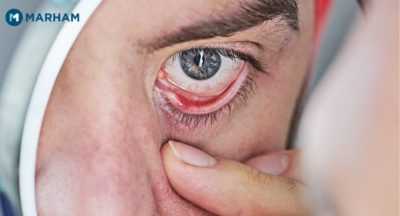The ongoing rainy season has caused a significant increase in viral eye infections in Karachi. Public and private hospitals report daily spikes in conjunctivitis cases, commonly termed “red eye.”
Jinnah Hospital, one of the city’s renowned medical facilities, has recorded 50 daily cases in its Outpatient Department. Half of these are specific to the red eye infection, affecting adults and children.
Dr. Muhammad Moizuddin, a leading ophthalmologist, traces this eye infection outbreak to the spread of the disease via direct contact with the discharge from the eyes of infected individuals. Affected persons experience symptoms such as red eyes, discomfort, and dampness for 8 to 10 days. He emphasizes personal hygiene and advises keeping personal items, like towels, separate.
For those affected by this epidemic, it’s recommended to use prescribed eye drops and clean tissues for cleansing. Cold water can also soothe the discomfort temporarily. Dr. Rabia Chaudhry, another expert from Jinnah Hospital, notes that symptoms include redness, itching, and inflammation, with some cases leading to lumps near ears and potential corneal involvement, which may impact vision.
While most recover quickly if only the white part of the eye is affected, corneal involvement may extend recovery up to three weeks. Dr. Chaudhry counters the myth that looking into infected eyes spreads the condition. Instead, direct exposure to the infected person’s ocular fluids does. Interestingly, some cases also exhibit cold and flu-like symptoms alongside the red eye.
Dr. Chaudhry advises maintaining personal hygiene for people, especially in Karachi, avoiding sharing items, washing hands before applying eye drops, and ensuring careful application to prevent further spread. Sunglasses and cold compresses can help alleviate the sensitivity to light often seen with the infection. The youth are equally susceptible, urging a special focus on their care.

